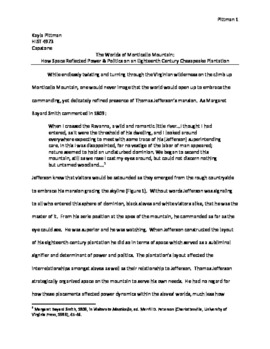| dc.contributor.author | Pittman, Kayla | en_US |
| dc.contributor.editor | Blanchard, Tessa | en_US |
| dc.contributor.editor | Carter, Michael | en_US |
| dc.contributor.editor | Geary, Ryan | en_US |
| dc.contributor.editor | Renner, Scott | en_US |
| dc.contributor.editor | Riley, Meghan | en_US |
| dc.date.accessioned | 2016-11-15T21:55:44Z | |
| dc.date.accessioned | 2021-04-14T15:12:33Z | |
| dc.date.available | 2016-11-15T21:55:44Z | |
| dc.date.available | 2021-04-14T15:12:33Z | |
| dc.date.issued | 2012-10-01 | en_US |
| dc.identifier.uri | https://hdl.handle.net/11244.46/1228 | |
| dc.description | Runner-up for the Griswold Prize for Excellence in Undergraduate Historical Scholarship | en_US |
| dc.description.abstract | This distinguished article reminds us that written texts are not the only historical evidence available to us. The author makes creative use of visual and archaeological sources in conjunction with cutting-edge theories of space and place to show us how Monticello's architecture reflected the inner workings of its designer's mind. Thomas Jefferson is among our most important, and hence most thoroughly studied, presidents. This paper performs the remarkable feat of offering new insights on topics we thought were deeply familiar. With the rigor and playfulness of a fine art critic, Kayla Pittman makes the familiar strange. -Raphael Folsom | en_US |
| dc.description.uri | http://history.ou.edu/journal | en_US |
| dc.relation.ispartofseries | OU historical journal ; 1 (Fall 2012) | en_US |
| dc.title | The Worlds of Monticello Mountain: How Space Reflected Power and Politics on an Eighteenth Century Chesapeake Plantation | en_US |
| dc.contributor.sponsor | Folsom, Raphael | en_US |
| dc.contributor.sponsor | Holguín, Sandie | en_US |
| dc.contributor.sponsor | Levenson, Alan | en_US |
| dc.description.undergraduate | undergraduate | |
